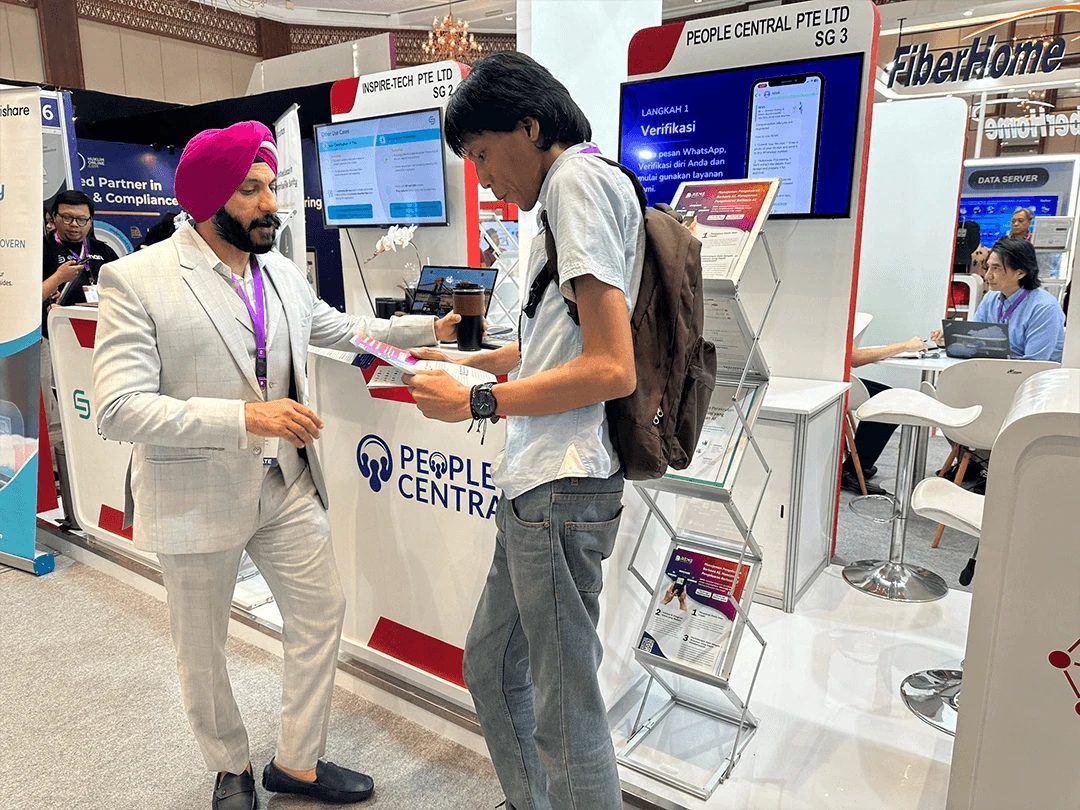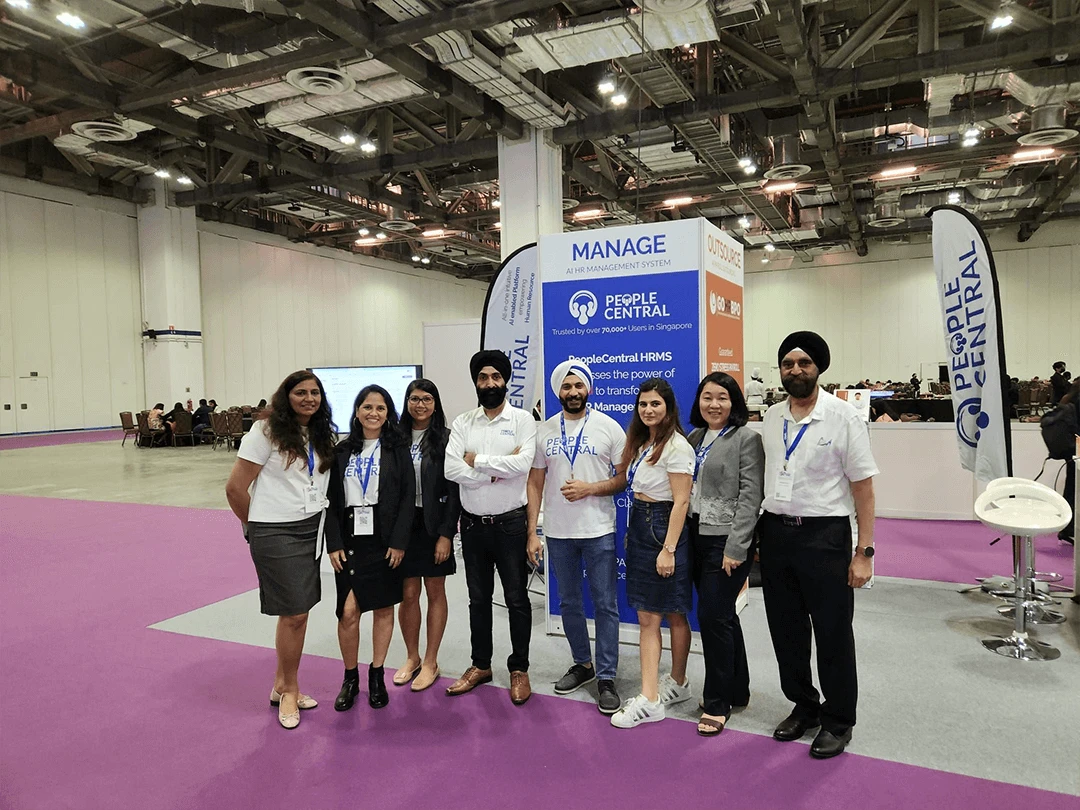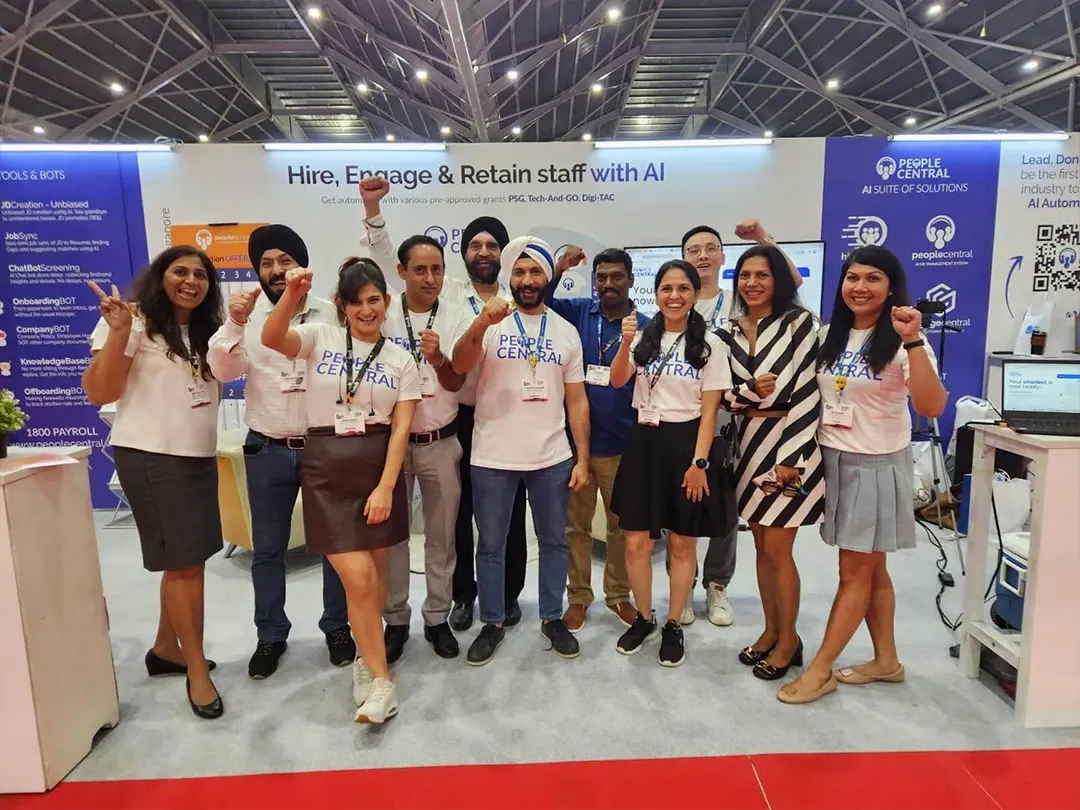Employee retention is more than just a human resources concern; it’s a strategic imperative. The cost of replacing an employee can be substantial, considering recruitment, training, and onboarding expenses. Moreover, the loss of institutional knowledge and the disruption to teams can impact productivity and morale.
Traditional predictive analytics has been used to identify patterns and factors contributing to turnover. However, mind mapping takes this a step further by visualizing complex data and relationships in a more intuitive and creative way. Let’s delve into how this approach can transform your employee retention strategy.
The Power of Mind Mapping
Mind Mapping Predictive Analytics: Combining the creative process of mind mapping with predictive analytics techniques allows organizations to gain a deeper understanding of employee turnover drivers. Here’s how it works:
- Data Collection: Gather data on employee demographics, job roles, performance metrics, engagement levels, and any other relevant factors.
- Mind Mapping: Use mind mapping software or tools to visually represent this data. Create a central theme related to employee retention and branch out with subtopics, connecting relevant data points. For example, connect job satisfaction scores to performance reviews.
- Identifying Patterns: By visually examining the mind map, patterns and correlations become more apparent. For instance, you may notice that employees in a specific department with longer commutes tend to leave at a higher rate.
- Predictive Analysis: Apply predictive analytics algorithms to the mind map data. Machine learning models can help forecast which employees are most likely to leave based on the identified patterns.
- Actionable Insights: The combination of mind mapping and predictive analytics provides actionable insights. HR teams can develop retention strategies targeting specific departments, roles, or factors contributing to turnover.
The Benefits of Mind Mapping Predictive Analytics
1. Holistic Understanding: Mind mapping encourages a holistic view of employee retention, considering various factors simultaneously. This prevents tunnel vision on single causes and allows for more comprehensive solutions.
2. Creativity in Problem-Solving: Mind mapping fosters creativity in identifying retention strategies. It encourages thinking outside the box and exploring unconventional solutions.
3. Improved Decision-Making: Visual representations of data are often easier to interpret. This aids decision-makers in quickly grasping the nuances of the employee retention landscape.
4. Proactive Retention: Traditional analytics often focus on historical data. Mind mapping predictive analytics enable proactive retention efforts, preventing turnover before it happens.
5. Customized Strategies: With a deeper understanding of the factors at play, organizations can tailor retention strategies to specific employee groups or situations.
6. Enhanced Engagement: The process of involving employees in mind mapping sessions can improve engagement and foster a sense of ownership in retention efforts.
How People Central’s AI HRMS Solution Helps in this!
People Central’s AI HRMS (Human Resource Management System) Solution takes workforce scheduling to the next level. With its advanced features, it complements the use of Chat GPT AI prompts for efficient scheduling.
- Seamless Integration: People Central’s AI HRMS Solution seamlessly integrates with your scheduling software, enhancing its capabilities with advanced AI algorithms.
- Enhanced Employee Engagement: The solution incorporates employee preferences and availability data, ensuring that schedules align with individual needs.
- Real-time Monitoring: With real-time data feeds, the solution keeps you updated on scheduling changes and potential issues, allowing for swift adjustments.
- Compliance Assurance: People Central’s AI HRMS Solution includes built-in compliance checks, reducing the risk of scheduling errors that can lead to legal complications.
- Employee Empowerment: The solution empowers employees to manage their schedules and shift swaps, promoting a sense of ownership and responsibility.
With People Central’s AI HRMS Solution, you can harness the full potential of Chat GPT AI prompts for efficient workforce scheduling.
Conclusion
Mind mapping predictive analytics for employee retention is a game-changer in the field of HR. By combining creative visualization with data-driven insights, organizations can develop proactive strategies to retain top talent. Employee turnover can be costly, both financially and in terms of team morale, so any tool that helps prevent it is a valuable asset.
Whether you’re a small startup or a multinational corporation, consider adopting mind mapping predictive analytics to gain a competitive edge in employee retention. The ability to identify patterns, think creatively, and take proactive measures can transform your organization’s talent retention efforts.
FAQs
Ques 1: How can I get started with mind mapping predictive analytics for employee retention?
Ans 1: To get started, gather relevant employee data and choose a mind mapping tool. Create a central theme related to employee retention, and branch out with subtopics, connecting data points to identify patterns.
Ques 2: What types of data should I collect for mind mapping predictive analytics?
Ans 2: Collect data on employee demographics, job roles, performance metrics, engagement levels, compensation, job satisfaction, and any other factors that may contribute to turnover.
Ques 3: Can mind mapping predictive analytics be applied to different industries?
Ans 3: Yes, this approach is adaptable and can be applied across various industries. The key is to customize the data points and factors relevant to your specific context.
Ques 4: Are there specific mind mapping tools recommended for this purpose?
Ans 4: There are several mind mapping software options available, such as MindMeister, XMind, and MindGenius. Choose one that aligns with your organization’s needs and preferences.
Ques 5: How often should I update the mind map for employee retention?
Ans 5: It’s advisable to update the mind map regularly, especially when significant changes occur in your organization, such as new policies or shifts in employee demographics.
Ques 6: What are some creative retention strategies that can be developed using mind mapping predictive analytics?
Ans 6: Creative retention strategies might include flexible work arrangements, personalized career development plans, mentorship programs, or wellness initiatives tailored to specific employee groups.








 5
5


























